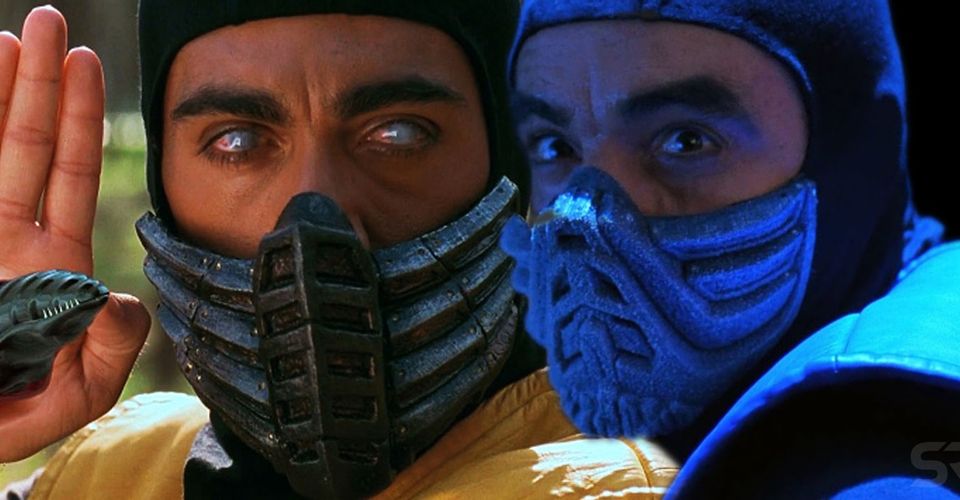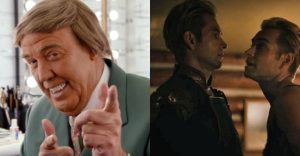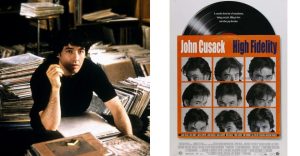Mortal Kombat: Why Scorpion & Sub-Zero Are Allies In The Original Movie

The 1995 movie adaptation of the legendary Mortal Kombat video game franchise turned two lifelong enemies into unlikely allies: Scorpion (Chris Casamassa) and Sub-Zero (François Petit). As one of the first video game titles translated onto the big screen, the film attempted to recreate the Mortal Kombat experience as accurately as possible, but still took some creative liberties that fans couldn’t help but notice. Some of the most evident changes were the more mystical appearance of Lord Raiden (Christopher Lambert), the absence of the Mortal Kombat franchise’s emblematic fatalities, and a few tweaks in the roles of some fighters, most notably the two famous masked ninja contenders.
In the Mortal Kombat games, the original relationship between Sub Zero and Scorpion was one of deadly rivalry. Scorpion used to be an outstanding ninja among his clan until Sub-Zero and his tribe attacked, killing him and his family. Down in the Netherrealm, Scorpion was given another chance at life by the sorcerer Quan Chi, who granted him hellish abilities and the opportunity to avenge his and his tribe’s tragic demise. Despite multiple attempts to soothe his craving for vengeance, Scorpion ultimately killed Sub-Zero. Since then, Scorpion and Kuai Liang (Sub Zero’s younger brother, now taking his mantle) have been facing off against each other in a perpetual battle for retaliation.
Both Scorpion and Sub-Zero appear in the 1995 Mortal Kombat movie, and as soon as protagonists Sonya Blade (Bridgette Wilson), Liu Kang (Robin Shou), and Johnny Cage (Linden Ashby) encounter the movie’s villain, Shang Tsung (Cary-Hiroyuki Tagawa), the evil sorcerer summons the rival warriors. A dramatic combo of grandiose techno music and slow motion reveals Scorpion and Sub Zero, followed by their entire backstory summarized in one line. Shang Tsung describes them as “deadliest of enemies” but, for the sake of runtime and the concision of a film already overflowing with characters, he waves their conflict off by furthering his malevolent motives when he ends his line with “but slaves under my power.” It turns out, they didn’t have much choice in the matter of working together. Otherwise, they would certainly have been enemies.

Scorpion and Sub Zero manage to intimidate the three heroes, but their displays of snake-headed-ropes and lethal freezing abilities get cut short by the arrival of Lord Raiden. The main story continues to center on Sonya, Liu Kang, and Johnny Cage, focusing on their multiple battles with other Mortal Kombat characters from the original games and their journey to defeat Shang Tsung and his minion, the animatronic Guro. Scorpion and Sub Zero pop up again to interfere with their plans, but the limited space for another subplot where their history of hostility comes to light restricts their development as legendary enemies.
The Mortal Kombat games may have an overabundance of characters that are impossible to fit in one single movie, and the production behind the original Mortal Kombat film had to adapt to frequent changes, so it’s understandable to find some tweaks – both minor and major. However, Scorpion and Sub-Zero have basically become the masked faces of the franchise as a whole, and their portrayal as mere henchmen undersells a great part of what made the games so memorable in the first place. Two of the most distinguishable characters in video game history demand a deeper onscreen presence.
More than two decades later, the state of video game movie adaptations began to point at a brighter future and, just like Scorpion, Mortal Kombat has been given another chance at life. In the span between the original movie and the reboot, more than a dozen different Mortal Kombat titles were released and the famous tournament’s most iconic ninjas continued to grow in the heart of the fans. The future of Scorpion and Sub-Zero in the big screen may be an untapped gold mine.
About The Author

















